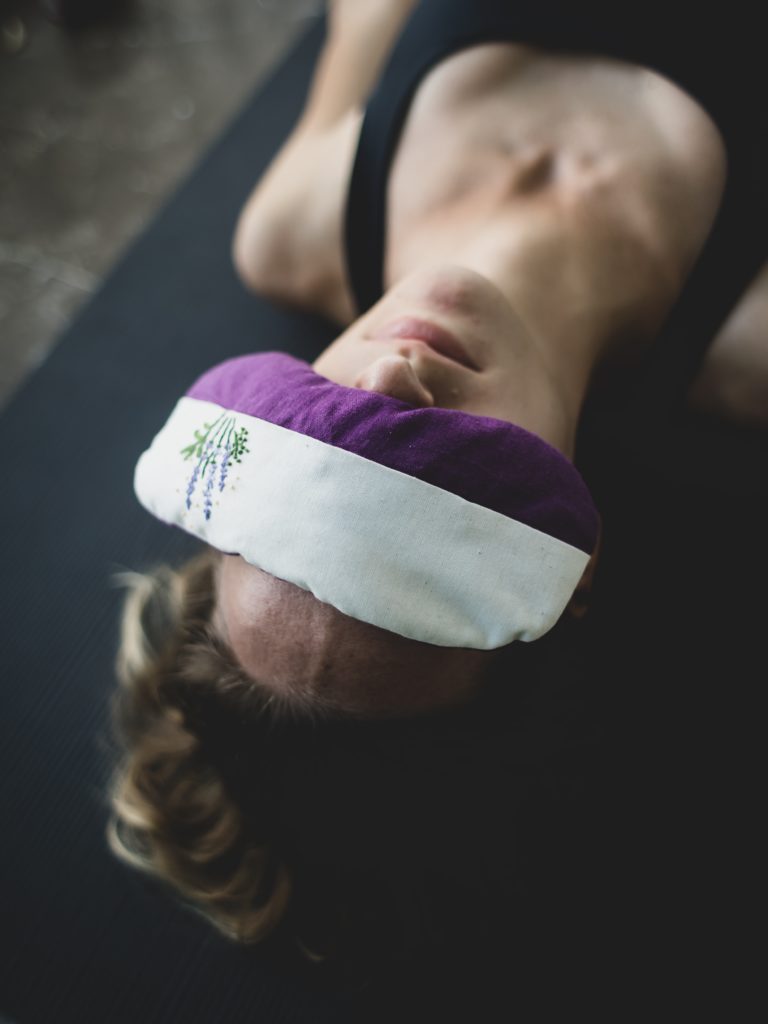Meditation – Why You Should Try Different Styles

Meditation. It’s a common word these days, but most people don’t know how to be still or quiet in today’s noisy world. Many people in the Western world are afraid to try meditation. We feel uncomfortable with it on many levels. First, we think we are too busy to sit still for several minutes (or hours) each day. We feel the need to be productive with every second we have! Second, we try so hard to be the outer version of ourselves (you know, the one you blast all over social media?) that it’s scary to look internally.
Even if we think we may want to give it a shot, it’s hard to get into the mindset. Being quiet can be a distraction. Silence is scary. We are so used to background noise or constant stimulation and we don’t know how to shut it off.
Meditation Types
There are a lot of misconceptions about meditation. Many people picture something similar to Rafiki in The Lion King (yes, Disney movies are relevant examples in all aspects of life!) where he has his legs crossed, his fingers in a mudra, and he is chanting/humming. While that can be a form of meditation, there are actually MANY different common meditation styles — including movement! That’s right! You don’t have to be still to meditate.
According to this article from Healthline, which is a great read by the way, there are nine common types of meditation.
Those discussed in the article include:
- Mindfulness
- Spiritual
- Focused
- Movement
- Mantra
- Transcendental
- Progressive
- Loving-Kindness; and
- Visualization.
At Vessel, we offer a tenth. Sarah Larson, who is certified in two different styles of yoga and uses her passion for energy healing to help people, teaches an amazing Soundbath and Meditation class. It’s definitely a class to add to your bucket list and we will go into detail about it in next week’s post so stay tuned!
Why Meditate?
Now that you know about different types of meditation, let’s go into why you should incorporate it into your daily routine. Remember how we spoke last week about the importance of checking in with yourself on a regular basis to keep up with your mental health? Well, it’s hard to do do that if you’re not in tune with your body, mind, and spirit. Meditation helps us connect to all of those things and become more aware of places we are struggling or doing well.
Meditation brings awareness to our true self so that we can notice when we need to nurture an area in order to bring balance back into our lives. It helps us catch illnesses early on, learn how to take a step back when we are feeling overwhelmed, gives us confidence, and allows us to become a truer version of ourselves.
There are also physical benefits to meditation. Some of these include better sleep, lower stress levels, improved memory, and many more (check out the linked article from UC Davis for more information).
Give it a Try
Meditation can be life-changing in so many ways. We only touched on a few styles of meditation, but anything that quiets your mind and allows you to be present can be meditation. People can do meditation while coloring or drawing. They can meditate over scripture or while listening to music. It can really be anything that allows you to quiet the distractions of the outside world and start to look internally. It shouldn’t be scary.
If you want to try it out, but aren’t sure where to start. Breath can be an easy way to start. Try taking a few minutes each day to notice your breathing. When you breathe in, feel the way your lungs move and then when you release the breath, think about how all of the breath is leaving your body. Do this for two or three minutes. Once you feel comfortable there, feel free to extend the amount of time each day.
When you’re ready to try something different, move onto a new type of meditation. Remember, the foundation of meditation is inward focus and quieting distractions. It may be hard to change our habits, but you’ll love it if you give it a shot!